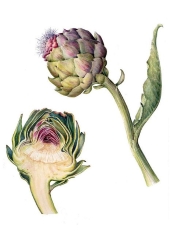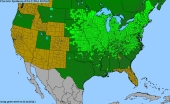
 9
9




You are welcome to check out my blog at http://www.theartisthomestead.com or my artwork at http://www.davidhuang.org
 2
2




Work smarter, not harder.
 9
9




You are welcome to check out my blog at http://www.theartisthomestead.com or my artwork at http://www.davidhuang.org
 3
3




Best luck: satisfaction
Greatest curse, greed
 3
3




I do Celtic, fantasy, folk and shanty singing at Renaissance faires, fantasy festivals, pirate campouts, and other events in OR and WA, USA.
RionaTheSinger on youtube
 3
3




Of the many species of milkweed, I know only two I can recommend eating: Common Milkweed (Asclepias syriaca), and Showy Milkweed (Asclepias speciosa).
I have some friends who have eaten Asclepias exaltata (Poke Milkweed), but I can't recommend eating it as I haven't personally (besides a few flowers here and there, which are fine as a sprinkle) and I don't see it anywhere near as much as Asclepias syriaca.
Invasive plants are Earth's way of insisting we notice her medicines. Stephen Herrod Buhner
Everyone learns what works by learning what doesn't work. Stephen Herrod Buhner
 2
2




Riona Abhainn wrote:So you're saying that, while some types of milkweed are poisonous, common milkweed isn't? And that tender shoots and leaves (and possibly roots it sounds like, can be eaten?
 3
3




Riona Abhainn wrote:So you're saying that, while some types of milkweed are poisonous, common milkweed isn't? And that tender shoots and leaves (and possibly roots it sounds like, can be eaten?
'What we do now echoes in eternity.' Marcus Aurelius
How Permies Works Dr. Redhawk's Epic Soil Series

| I agree. Here's the link: http://stoves2.com |




